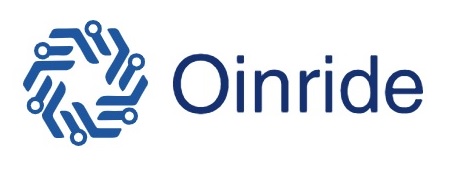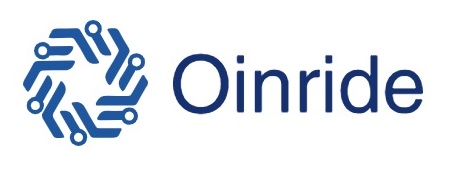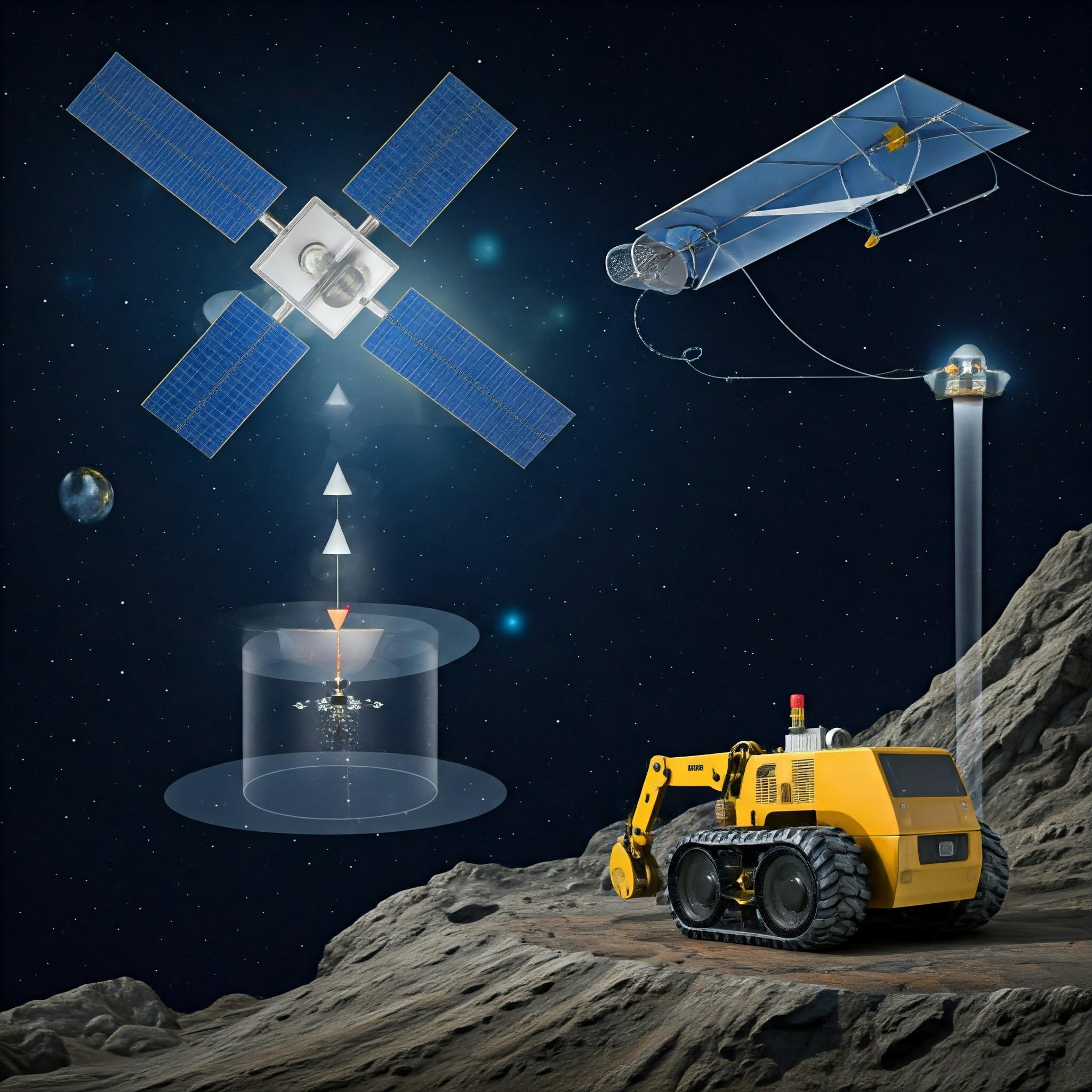Written by: Habiba Ibrahim
At Oinride, we are pushing the boundaries of autonomous mining technology, and one of the most significant advancements in this journey is the integration of the Galileo High Accuracy Service (HAS) into our robotic solutions. Specifically, we are enhancing the capabilities of our flagship robot, AutoJoe®, and our ControlWire® software to deliver highly precise, efficient, and safe operations in complex and hazardous open-pit mining environments.
The integration of Galileo HAS, a cutting-edge satellite navigation service, enables AutoJoe® to achieve decimeter-level positioning accuracy, which is crucial for the precision required in modern mining operations. This high level of accuracy is a game-changer for tasks like material transport, site inspections, and overall robotic navigation in the often unpredictable mining terrain.
The Role of Galileo HAS in Autonomous Mining
The Galileo High Accuracy Service (HAS) provides a level of positioning accuracy that far exceeds traditional GNSS systems. It delivers real-time correction data, allowing our robots to navigate with precision even in challenging environments where traditional GPS may struggle.
In the mining industry, positioning accuracy is vital. The operation of autonomous robots such as AutoJoe® relies on their ability to follow precise paths, avoid obstacles, and perform complex tasks like transporting materials or performing inspections in real-time. The Galileo HAS system ensures that AutoJoe® can do this safely, reducing the potential for costly errors or navigation failures.
The Integration Process: Achieving High-Precision Navigation
Integrating Galileo HAS into AutoJoe® and ControlWire® is a step-by-step process, involving a blend of advanced software development, precise data processing, and real-time navigation control. Here are the key steps to successfully integrating Galileo HAS into our autonomous mining operations:
1. Accessing and Decoding Galileo HAS Data
The first step in the process is configuring AutoJoe®’s onboard systems to receive and decode the high-accuracy signals from the Galileo HAS satellites. This involves setting up GNSS receivers that can correctly interpret the correction data provided by Galileo.
Once the system can decode the Galileo HAS signals, it is crucial to incorporate Differential GNSS (DGNSS) corrections to achieve the centimeter-level accuracy that is required for tasks like path planning and obstacle avoidance. This correction data helps the system adjust for any potential errors in positioning, ensuring that AutoJoe® operates with the highest level of precision in real-time.
2. Developing the Software Framework for Data Processing
The next critical step involves developing the necessary software to process the Galileo HAS data and integrate it with the robot’s guidance and control systems. The software suite needs to handle the incoming GNSS signals and convert them into usable positioning and velocity data.
At this stage, real-time error correction algorithms are implemented to further enhance positioning accuracy. These algorithms work by continuously adjusting the robot’s positioning based on the real-time data from Galileo HAS, ensuring that AutoJoe® maintains precise control even when navigating through dynamic and difficult terrain.
3. Integrating Data into AutoJoe®’s Navigation System
Once the raw positioning data from Galileo HAS is processed, it is integrated into AutoJoe®’s guidance system. This step enables the robot to use the high-accuracy data for path planning and real-time navigation.
The integration with ControlWire®, our advanced monitoring and control software, allows operators to track the robot’s movements in real time. It also enables AutoJoe® to autonomously adjust its path based on incoming data, making decisions such as rerouting around obstacles or recalculating its mission plan in response to changes in the environment.
4. AI and Machine Learning for Autonomous Decision-Making
At this stage, AI and machine learning (ML) algorithms are employed to further enhance the navigation system’s ability to respond to dynamic conditions in the mining environment. These algorithms process the high-accuracy position data from Galileo HAS and guide AutoJoe® in real-time decision-making, such as optimizing its path to avoid obstacles or rerouting based on changes in terrain or the discovery of new obstacles.
The power of AI also extends to predictive maintenance and operational efficiency, where the system can anticipate potential challenges and adjust its actions proactively. By leveraging machine learning, AutoJoe® can continually improve its efficiency and adaptability as it operates in the ever-changing environment of an open-pit mine.
5. Testing and Validation in Simulated Environments
Before deployment in the field, extensive testing is performed to ensure that the integration of Galileo HAS into AutoJoe® and ControlWire® functions seamlessly. This involves creating simulation environments that replicate the conditions of an open-pit mine. These simulations allow us to test the robot’s ability to navigate with high-precision positioning, avoid obstacles, and perform tasks without any risk to human operators or equipment.
Testing also involves ensuring that real-time communication between AutoJoe® and ControlWire® works flawlessly. Operators need to be able to remotely monitor and control the robot’s movements with confidence, knowing that Galileo HAS data is being processed accurately and integrated into the robot’s navigation system without error.
6. Continuous Monitoring and Real-Time Error Correction
Once deployed in the field, AutoJoe® continues to rely on Galileo HAS for real-time positioning updates. The system continuously adjusts for any discrepancies, ensuring that the robot maintains optimal accuracy, even in the face of changing environmental factors such as weather, mine activity, or terrain variations.
Additionally, ControlWire® provides operators with real-time data dashboards, offering insights into AutoJoe®’s position, speed, and operational status. In the event of unexpected changes, operators can intervene quickly to adjust the robot’s path or troubleshoot potential issues, ensuring that operations continue smoothly and safely.
Achieving Precision and Safety in Mining Operations
The integration of Galileo HAS into AutoJoe® represents a major advancement in autonomous mining. By providing decimeter-level positioning accuracy, Galileo HAS enhances the robot’s ability to navigate safely, efficiently, and autonomously in some of the most challenging environments on Earth.
This level of precision is not only essential for operational efficiency but also crucial for safety. With ControlWire® and AutoJoe®, we reduce the risk of human error and improve the safety of workers by allowing robots to take on hazardous tasks such as inspections, transport, and material handling.
The Future of Mining Robotics
The integration of Galileo HAS with AutoJoe® is just the beginning of a new era for autonomous mining. As we continue to refine and improve this technology, we anticipate even greater advancements that will drive down costs, improve efficiency, and enhance safety across the mining industry.
With precision, automation, and real-time navigation control powered by the Galileo High Accuracy Service, AutoJoe® is ready to lead the way into the future of autonomous mining. At Oinride, we are committed to providing innovative solutions that will transform the mining industry and help our customers achieve their goals with maximum efficiency and minimal risk.
As we continue to advance our technology and capabilities, we remain focused on developing the most innovative, reliable, and cost-effective robotic solutions for mining operations worldwide.
Resources:
[1] Galileo High Accuracy Service (HAS) | European GNSS Service Centre (GSC)
[2] Who will benefit from the Galileo High Accuracy Service? | Hydro International
[3] Galileo’s High Accuracy Service (HAS): Real-Time Precision for Critical Applications


